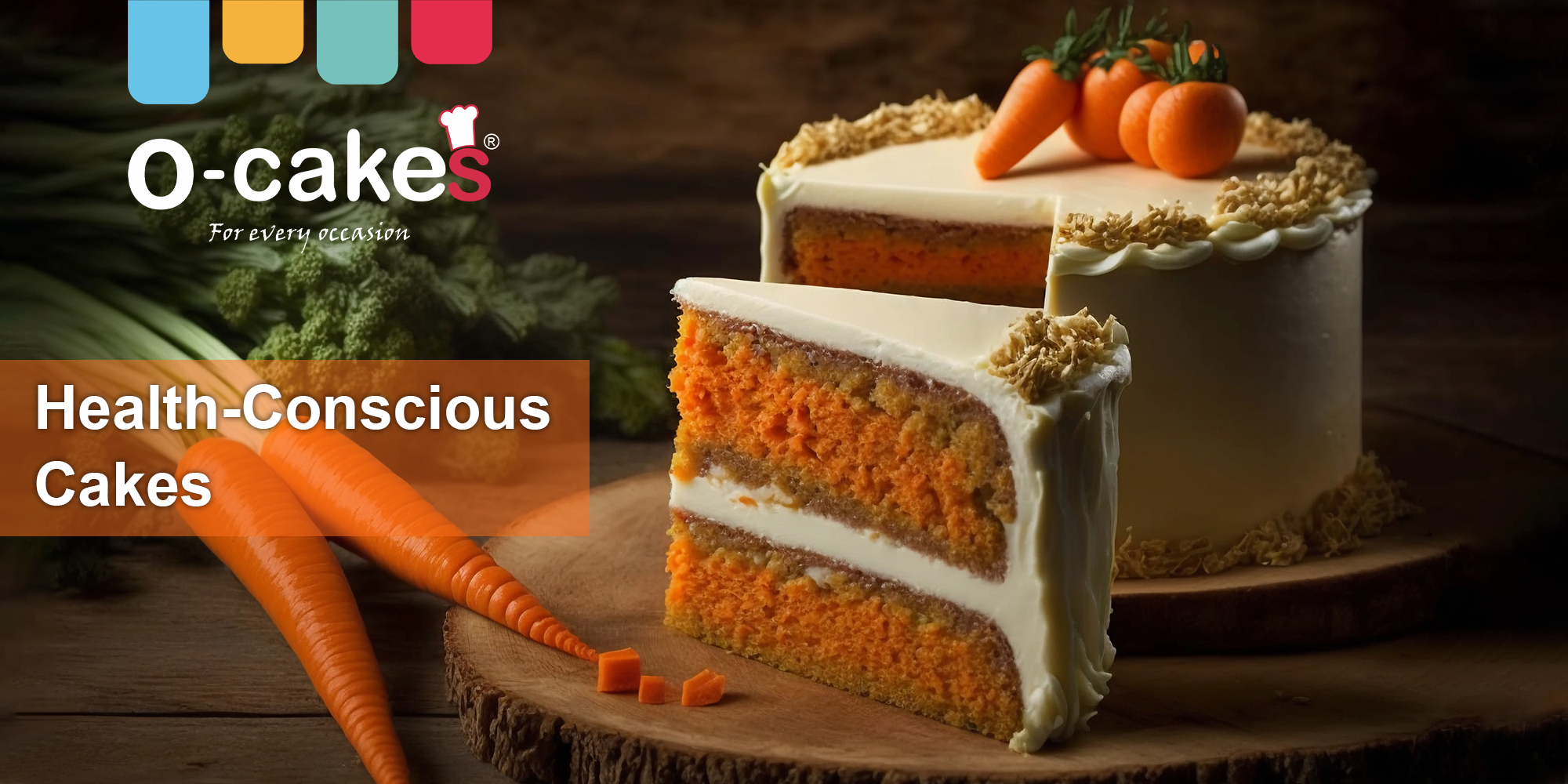Baking with Nutritious Ingredients: Creating Health-Conscious Cakes
published
November 2023topics
#Health-Conscious CakesIn the world of baking, the perception of cakes often conjures up images of indulgence and guilty pleasures. However, what if we told you that cakes can be both delicious and nutritious? By incorporating wholesome, health-conscious ingredients into your baking repertoire, you can create cakes that satisfy your sweet tooth while nourishing your body. In this blog post, we'll explore the exciting realm of baking with nutritious ingredients, providing you with tips, tricks, and delectable recipes to inspire your health-conscious cake creations.
1. The Power of Whole Grains1. The Power of Whole Grains
2. Natural Sweeteners: Finding Balance
3. Sneaky Veggies: Adding Nutrients
4. Nut Flours and Nut Butter: Healthy Fats and Proteins
5. Superfood Infusions: Boosting Nutritional Value
6. Filling the Fiber Gap
7. Healthier Fat Alternatives
8. The Magic of Natural Flavorings
9. Balancing Nutritional Needs
10. Mindful Portion Control
11. Celebrating Occasions with Health-Conscious Cakes
12. Sharing Success Stories
13. Exploring Alternative Flours
14. Boosting Protein Content
15. Maximizing Nutritional Additions
16. Balancing Flavors and Textures
Baking with nutritious ingredients may require some adjustments to achieve the desired taste and texture. Provide tips on how to balance flavors by using complementary ingredients such as citrus zest, spices, or natural extracts. Discuss techniques for achieving moist and tender cakes when working with alternative flours or reducing fat content. Help readers understand the nuances of baking with nutritious ingredients and guide them towards successful outcomes.
17. Customizing Cakes for Dietary Restrictions
18. Emphasizing Nutritional Benefits
20. Mindful Decorating
Conclusion
FAQ’s
1. Why should I bake with nutritious ingredients?
Baking with nutritious ingredients allows you to create cakes that are not only delicious but also provide added health benefits. By incorporating whole grains, alternative flours, natural sweeteners, and nutrient-rich add-ins, you can increase the fiber, protein, and micronutrient content of your cakes. This helps promote overall well-being and allows you to indulge in treats while making healthier choices.
2. What are some examples of nutritious ingredients I can use in my cakes?
There are many nutritious ingredients you can incorporate into your cakes. Some examples include whole wheat flour, almond flour, coconut flour, flaxseed meal, Greek yogurt, unsweetened applesauce, mashed bananas, natural sweeteners like honey or maple syrup, and add-ins like nuts, seeds, or dried fruits. These ingredients add flavor, texture, and nutritional value to your cakes.
3. Can I still achieve a delicious taste and texture with nutritious ingredients?
Absolutely! Baking with nutritious ingredients doesn't mean sacrificing taste or texture. With the right combination of ingredients and techniques, you can create cakes that are both nutritious and delicious. Experiment with different recipes, ratios, and flavorings to find the perfect balance. It may take some trial and error, but the end result can be a cake that is both satisfying and health-conscious.
4. How can I modify traditional cake recipes to make them more health-conscious?
Modifying traditional cake recipes to make them more health-conscious is possible with a few simple adjustments. You can start by substituting some or all of the all-purpose flour with whole wheat flour or alternative flours. Reduce the amount of sugar by using natural sweeteners or decreasing the overall quantity. Replace some of the fat with ingredients like Greek yogurt, applesauce, or mashed bananas. Incorporate add-ins like nuts, seeds, or fruits for extra nutrition. Gradually make these changes and adjust the ratios to find what works best for you.
5. Can I still enjoy health-conscious cakes if I have dietary restrictions?
Yes, health-conscious cakes can be enjoyed even if you have dietary restrictions. There are plenty of options and substitutions available to accommodate various dietary needs. For gluten-free cakes, use gluten-free flour or flour blends. For dairy-free cakes, replace milk and butter with non-dairy alternatives such as almond milk and coconut oil. Vegan cakes can be achieved by using plant-based ingredients and avoiding animal products. There are numerous recipes and resources available for specific dietary requirements.
6. How can I make my health-conscious cakes visually appealing?
Visual appeal is an important aspect of cake baking. You can make your health-conscious cakes visually appealing by decorating them with fresh fruits, edible flowers, or chopped nuts. Use natural food colorings derived from ingredients like beetroot powder or turmeric to add vibrant hues. Experiment with different frosting techniques, such as smooth ganache or whipped coconut cream, to create an appealing finish. Remember, a visually appealing cake is not only satisfying to the taste buds but also to the eyes.A Few Topics to Consider
discover our blog
15-Jun-2025
100+ Father’s Day Quotes, Instagram Captions, and Messages

04-Feb-2025
Happy Valentine’s Day 2025: History, Quotes, Wishes, Instagram Captions & Gift Ideas

04-Feb-2025
Happy Kiss Day 2025: Romantic Wishes, Quotes, Instagram Captions & Gift Ideas

02-Feb-2025
